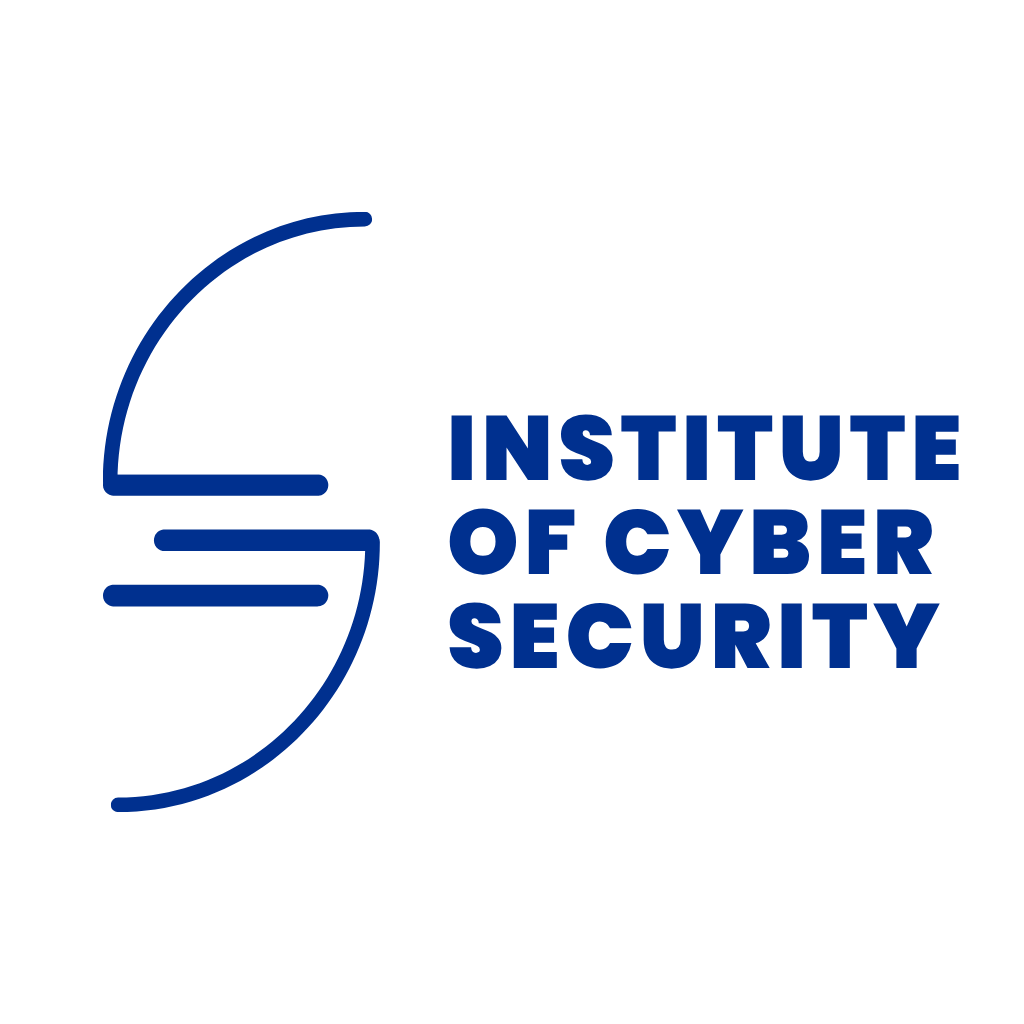I. June 2025 Cyber Threat Landscape: An Executive Overview
June 2025 was a month of staggering scale and heightened tension. The discovery of a colossal 16-billion-record credential database laid bare the industrialized nature of cybercrime, while a stark warning from U.S. intelligence agencies about imminent Iranian cyber threats confirmed the role of cyber operations as a tool of statecraft.30 These parallel narratives—one of mass data commoditization and the other of targeted geopolitical conflict—defined a threat landscape where every organization is at risk from both opportunistic criminals and determined nation-states.
This report will analyze the two dominant stories of June: the massive 16 billion credential leak and its origins in infostealer malware, and the joint government advisory on Iranian cyber threats. The analysis also covers major disruptions in the food supply chain, persistent attacks on healthcare, and a flurry of activity from global APT groups.31
II. The Headliner: A Tale of Two Threats – Mass Data vs. Targeted Statecraft
June’s threat landscape was dominated by two seemingly disparate, yet deeply interconnected, developments that represent the dual nature of modern cyber risk.
The 16 Billion Credential Dump
Security researchers uncovered one of the largest-ever compilations of exposed login credentials, a staggering 16 billion username and password combinations found accessible online.30 This was not the result of a single, massive data breach. Instead, it was an aggregation of data stolen over many years by various strains of
infostealer malware. This type of malware secretly infects user devices and harvests sensitive information, including saved browser passwords, authentication cookies, and system details.30 The datasets contained credentials for a vast array of popular platforms, including Google, Apple, and Facebook, illustrating the industrial scale of the criminal credential harvesting ecosystem.15
The Geopolitical Flashpoint – U.S. vs. Iran
On June 30, a powerful coalition of U.S. agencies—the NSA, CISA, FBI, and DC3—issued a joint advisory warning of a heightened threat from Iranian cyber actors.26 The alert stated that cyber actors affiliated with Iran’s Islamic Revolutionary Guard Corps (IRGC) were likely to “significantly increase” their use of
Distributed Denial of Service (DDoS) and ransomware attacks against U.S. networks. The advisory specifically called out U.S. critical infrastructure as a probable target, linking the expected surge in cyber activity directly to escalating military tensions between the U.S., Israel, and Iran.26 This geopolitical tension was not one-sided; the same month, the pro-Israel hacktivist group “Predatory Sparrow” claimed responsibility for disruptive attacks against Iranian financial institutions, including Bank Sepah.31
These two headline events, while appearing separate, reveal a dangerous convergence in the modern threat landscape. The advisory from U.S. intelligence agencies explicitly warns that Iranian state-sponsored actors are likely to use ransomware. This tactic, once the near-exclusive domain of financially motivated cybercriminals, has been adopted by nation-states as a proven tool for disruptive and destructive attacks. To launch these attacks effectively, Iranian actors need a reliable method for gaining initial access to their targets. The advisory notes that these groups have historically exploited “default or common passwords on internet-connected devices”.26
This is where the criminal data economy intersects with state-sponsored operations. The 16 billion credential dump provides a massive, ready-made library of passwords that can be used in automated credential stuffing attacks to gain that initial access against U.S. targets. The criminal ecosystem that produces these massive data dumps is, in effect, inadvertently fueling the arsenal of nation-state actors. An American critical infrastructure organization could be compromised by an Iranian APT group using credentials that were stolen months or even years earlier by a common, financially motivated infostealer. This creates a blended threat where the lines between cybercrime and cyber warfare become functionally irrelevant, motives are blurred, and attribution becomes exceedingly complex.
III. Monthly Threat Briefing: Major Data Breaches and Ransomware Operations
Beyond the headline threats, June saw continued disruption across key sectors, with ransomware gangs demonstrating their ability to impact physical supply chains and essential services.
Critical Infrastructure Disruption
- United Natural Foods, Inc. (UNFI): A major cyberattack struck this key U.S. grocery wholesaler, which serves as a primary distributor for retailers like Whole Foods.31 The incident disrupted the company’s IT systems, impacting fulfillment and distribution and leading to temporary food shortages. This attack highlighted the fragility of the digital systems underpinning the modern food supply chain and the potential for cyberattacks to cause tangible, real-world consequences.35
Healthcare Under Constant Attack
The healthcare sector remained a prime target for ransomware gangs, with several high-impact incidents coming to light in June. These attacks often involve a “double extortion” tactic, where sensitive patient data is not only encrypted but also stolen, with the threat of public release used as additional leverage to force a ransom payment.
- Episource LLC: This healthcare services provider notified victims of a ransomware attack by the INC Ransom group that occurred in July 2024. The breach compromised the data of 5.4 million individuals, underscoring the significant delays that can occur between an attack and its public disclosure.31
- Kettering Health: A 14-hospital network in Ohio was hit by the Interlock ransomware gang, affecting an estimated 730,000 patients.31
- McLaren Health Care: This Michigan-based health system also reported a major breach, impacting over 743,000 records.31
June 2025 Data Breach & Ransomware Summary
The following table provides a snapshot of June’s most significant incidents, showcasing the diverse range of industries targeted.
| Victim Organization | Threat Actor / Ransomware Group | Scope of Impact (Records, Data Types) | Attack Vector & Key Insight |
| Global User Base | Various (Infostealers) | 16 billion usernames and passwords | Aggregated credential dump from malware. Represents the industrialized scale of credential harvesting. |
| United Natural Foods (UNFI) | Unspecified (likely ransomware) | Operational shutdown, supply chain disruption | Attack on a critical food distributor. Demonstrates the tangible, physical impact of cyberattacks. |
| Episource LLC | INC Ransom | 5.4 million individuals; Patient data | Ransomware attack on a healthcare service provider. Shows the long tail of breach disclosure (attack was in July 2024). |
| Kettering Health | Interlock gang | ~730,000 patients; PHI | Ransomware attack on a 14-hospital network. Highlights the systemic risk to regional healthcare systems. |
| Lee Enterprises | Qilin gang | 39,779 individuals; PII | Ransomware attack against a major news publishing company. |
IV. Vulnerability & Exploit Analysis: The Digital Arms Race
June’s vulnerability disclosures highlighted the persistent and growing risk within the software supply chain.
- Supply Chain Compromise: A significant supply-chain incident was discovered when popular JavaScript packages from Gluestack were found to have been injected with malicious code.31 These compromised packages were downloaded nearly a million times before the threat was identified, potentially seeding malware across a vast number of downstream applications and websites. This incident serves as a critical reminder of the inherent risks in relying on open-source software repositories.31
- Critical Flaw in GoAnywhere MFT: Fortra, the developer of the GoAnywhere Managed File Transfer (MFT) solution, disclosed a critical vulnerability (CVE-2025-10035) with a maximum CVSS score of 10.0.37 MFT platforms are designed to handle large-scale, sensitive data transfers and have become a favorite target for ransomware groups, who exploit flaws in these systems to exfiltrate massive amounts of data before deploying their encryption payloads.
V. Strategic Threat Intelligence: A World of APT Activity
June was a highly active month for state-sponsored threat groups around the globe, with numerous campaigns targeting government, defense, and critical infrastructure sectors.
- Iran (MuddyWater, APT33): Research from Nozomi Networks revealed that Iranian APT groups, including MuddyWater and APT33, significantly increased their attacks against U.S. industrial entities in May and June, with a particular focus on the transportation and manufacturing sectors.38
- China (Salt Typhoon): The Chinese APT group known as Salt Typhoon was observed compromising systems at the satellite communications company Viasat, utilizing a sophisticated kernel-mode rootkit called “Demodex” to maintain stealthy, persistent access.34
- Russia (Sandworm): The highly destructive Sandworm group, attributed to Russia’s GRU, continued its attacks against Ukraine, deploying a new variant of wiper malware called “PathWiper” to target critical infrastructure.32
- North Korea (Kimsuky, Jasper Sleet): North Korean actors demonstrated creative and evolving tactics. The Kimsuky group was observed using GitHub for command-and-control (C2) infrastructure, while the Jasper Sleet group continued its campaign of posing as remote IT workers to infiltrate companies for espionage and financial gain.32
- South America (BlindEagle): The BlindEagle APT group, which has been active for years, launched a new spear-phishing campaign targeting judicial authorities within Colombia’s public power system.32
The wide array of APT activity observed in June reveals a clear pattern of specialization. These groups are not just randomly attacking global targets; they are focusing their efforts on specific geographic regions and developing unique tactics, techniques, and procedures (TTPs) that are tailored to their targets’ environments. For example, Sandworm maintains a laser focus on destructive attacks within the context of the conflict in Ukraine. BlindEagle concentrates on espionage within South America. Kimsuky has developed a highly specialized social engineering niche by creating fake IT worker personas. This specialization makes these groups more effective and harder to defend against with generic, one-size-fits-all security measures. For defenders, this means that threat intelligence must be equally specialized. An organization in Colombia needs to be more concerned with BlindEagle’s TTPs than Sandworm’s. A defense contractor must focus on the advanced stealth techniques used by groups like Salt Typhoon. This reality makes regionally and sector-specific threat intelligence a critical component of any mature security program.
VI. Synthesis and Recommendations for Security Leaders
The lesson of June 2025 is that organizations face a dual threat: the high-volume, opportunistic attacks fueled by the criminal data economy, and the highly targeted, politically motivated attacks from nation-states. These two worlds are now converging, with actors sharing tools, techniques, and data, creating a complex and unpredictable risk environment.
To navigate this landscape, security leaders should prioritize the following actions:
- Combat Credential Stuffing: The 16 billion leaked credentials will be used in automated login attacks for years to come. The most effective defense is to mandate phishing-resistant MFA across the enterprise. This should be supplemented with continuous monitoring for anomalous login attempts and the use of dark web intelligence services to receive alerts when employee credentials appear in new data dumps.
- Incorporate Geopolitical Risk into Cyber Strategy: The joint CISA/NSA advisory on Iran is a clear signal that cybersecurity is now an instrument of foreign policy. Security leaders, especially in critical infrastructure sectors, must monitor geopolitical events and be prepared to elevate their defensive posture in response to international conflicts involving their home country. This includes preparing for DDoS attacks, data-wiping malware, and ransomware campaigns used for disruption rather than profit.
- Secure the Software Supply Chain: The Gluestack incident is a powerful reminder to vet all open-source components used in software development. Organizations should implement Software Bill of Materials (SBOM) practices to maintain an inventory of their dependencies and use automated tools to scan for known vulnerabilities and malicious code injections.
- Enhance APT Detection Capabilities: Defending against sophisticated state-sponsored groups like Salt Typhoon requires capabilities that go beyond traditional perimeter defenses. Organizations must invest in advanced Endpoint Detection and Response (EDR), network traffic analysis, and dedicated threat hunting teams trained to detect the subtle signs of a persistent, low-and-slow intrusion.





